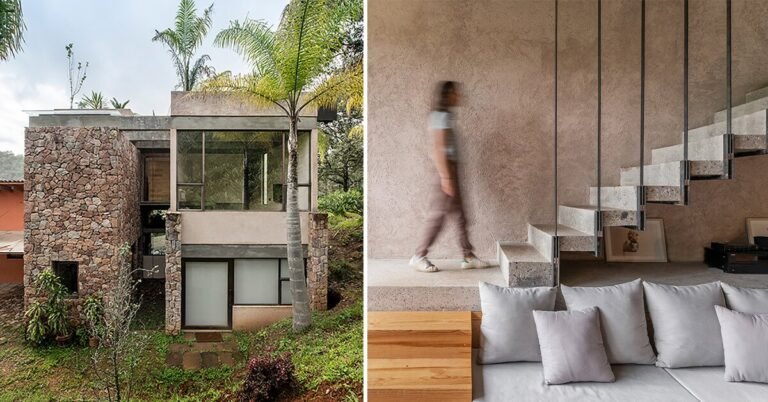El Nido Refuge / Carlos Pastor Santa María Arquitectos Colaboradores
El Nido Refuge / Carlos Pastor Santa María Arquitectos Colaboradores


Text description provided by the architects. The El Nido project is located in the center of the great Peruvian coastal desert, between the districts of Lurín and Pachacamac on the southern outskirts of the city of Lima. It is an extensive and fertile valley inhabited since pre-Hispanic times by the culture of the same name, among others.



The cabin is for Janine, a fearless woman, professional athlete, mountain biker and photographer. This place serves as a resting place for her in the afternoon when she returns from Lomas de Lúcumo. Especially the weekends, which start full of adrenaline conquering paths with her mountain bike. The refuge invites rest and contemplation, seeking to capture the sounds of the surroundings. It inserts itself and arrives on tiptoe to blend in with nature. It perches on the spot pertinently, freezing the light of dawn second by second and filtering out every last ray of afternoon light. It is oriented so that it ventilates and breathes with its inhabitant.



It poses a spatial gradient from the private to the public and from the public to the private; with a ramp that evokes the ancient cultures of the coast and its ceremonial entrance. The nest is located in a small Eden, a place that allows it to hide from the great city of Lima. To get there, you walk through the entrance of trees and bushes that give way to the project as a subtle frame generating a certain intrigue.


The structural system of the project allows it to be suspended, it is light and efficient and gives freedom to the passage of air and mist below and between its two roofs. In addition, passive strategies allow the necessary comfort, both in summer and the humid winter. The enclosures are panels of wood and cane, materials typical of the coast. They are arranged according to the functionality of the space: dense in the private and porous in the public. The ones in the social area are rotating which allows for a change of scene. To see or not to see, opened or closed, inside or outside. This strategy democratizes the use, perception and freedom of the inhabitant.



The nest and its habitability is a permanent abstraction, it is to assert the phenomenological in each part. Emphasis is placed on the experience, from the entrance, where honeysuckle indicates the entrance or exit. The cane panels that protect the private space create a shadow that sifts the space and lightens the spatial sensation by the cane arranged in a large plane. Each space orders a sequence of moments and tones.

The project was manufactured entirely by our team. We developed the process of each part until the assembly of the project. Dilations and contractions of every detail, how the different materials come together. All of them, cane, wood, and steel, contribute from their form, function and lightness. Each room is framed and developed.

The climate on the Peruvian coast is characterized by short summer months and long, humid winters. For this reason, each element is part of a system that assimilates the plants as part of the project. The project alone doesn’t work. Nature completes the refuge and generously invades it in texture, color and aroma. Like a nest, it adapts to the conditions of its environment.






